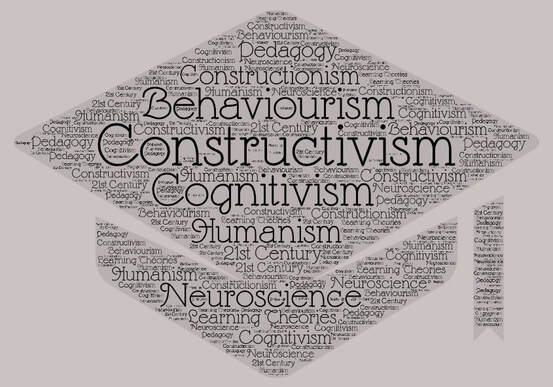Introduction
The modern world is characterized by connection facilitated through technology, and many educators seek ways to help students obtain the 21st Century skills needed to navigate our globalized connected world. Educators have long explored ways to enhance their pedagogical practice, tapping into frameworks and theories from Behaviourism to Constructivism, in order to better understand how students learn, and to provide students with authentic and relevant skills. In British Columbia, a reasonably new framework, but one rooted in centuries of knowledge and teachings, is the under-explored and under-utilized First Peoples Principles of Learning (FPPL). This set of guiding principles recognizes and emphasizes the notion that connectedness and reciprocity are inherent in learning. Further, the FPPL represent a framework with which educators can better serve Indigenous learners, who are arguably BC’s most diverse and underserved population of learners.

Instructions
This resource is designed with a sequential flow in mind but please explore as you see fit. The “Origins and Importance” page is an ideal starting place after the homepage, as it provides you with the context needed to best engage with the resource. The “Stories through Place” page provides an interactive application that incorporates the FPPL, and the “Theory Into Action” pages provide a series of practical activities and lesson ideas teachers can use in the classroom. Please try to post at least once to the Padlet on the home page as a way to access prior knowledge, and at least once on the Padlet in final “Discussion and Reflection” page. Feel free to “Like” posts you connect with or that ask thought provoking questions. Thank you and enjoy.
Purpose
The First Peoples Principles of Learning offer a rich and valuable learning foundation, and represents common themes and beliefs of Canada’s diverse Indigenous people. Further, we believe the FPPL can provide educators with a holistic and practical pedagogical foundation from which to engage both Indigenous and non-Indigenous learners. This open educational resource is designed to provide BC educators with a greater understanding of the history and structure of the First Peoples Principles of Learning and why it is valuable. We also aim to provide some ways in which to incorporate the FPPL into the classroom. Our goal, through theoretical exploration and practical demonstration, is to provide a basis for using the FPPL and technology to bridge the gap between Indigenous and non-Indigenous learners.
By engaging with this resource, people will be able to:
- Identify the value of the First Peoples Principles of Learning as a unique learning framework
- Understand the history, structure, importance, and potential applications of the First Peoples Principles of Learning
- Identify ways in which the First Peoples Principles of Learning can be implemented and enhanced with technology to recognize and honour the diverse knowledge and ways of being of Canada’s Indigenous People
Who are we?
Please view our bio videos below to gain a better understanding of who we are, where we come from, and why we feel this topic is important.